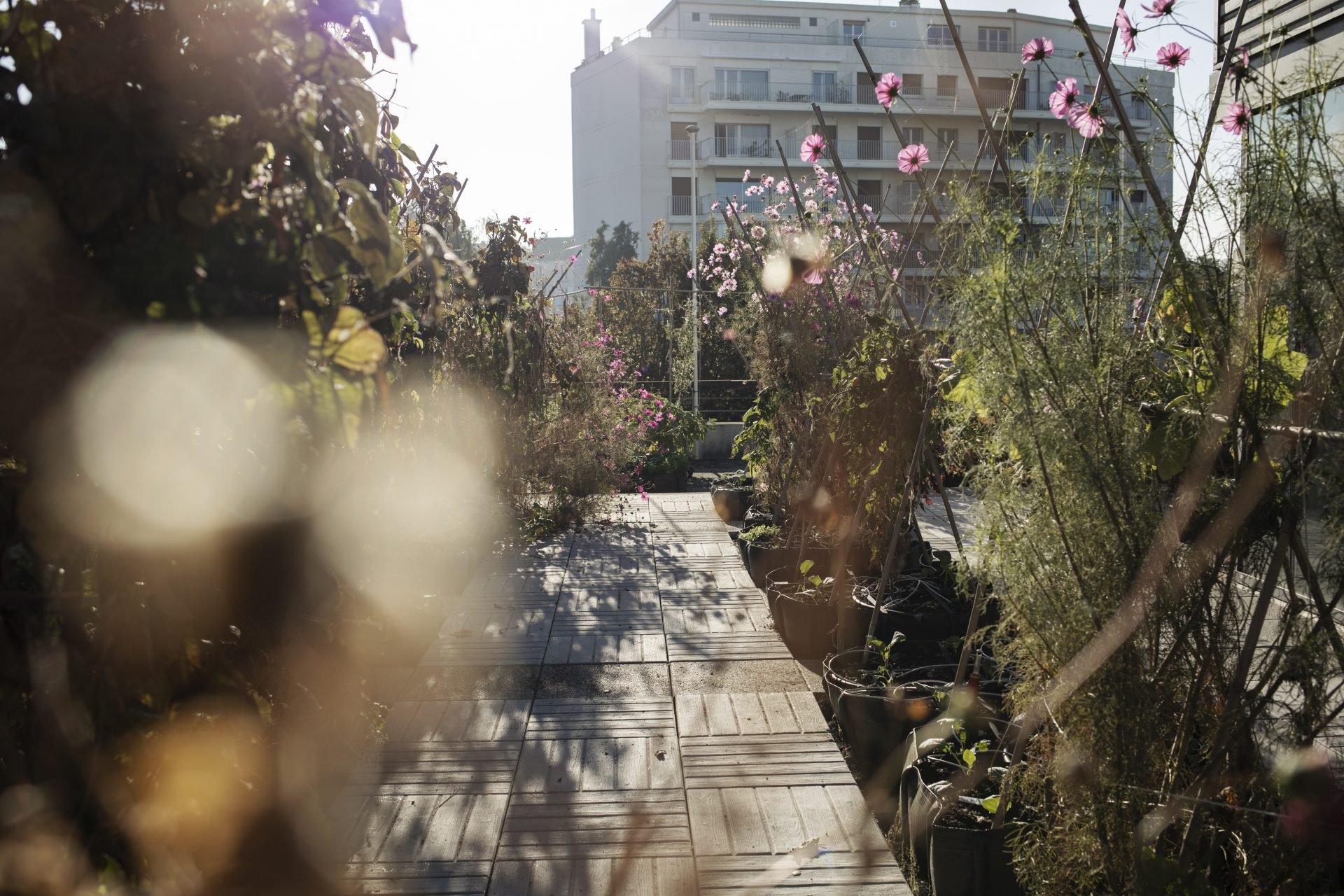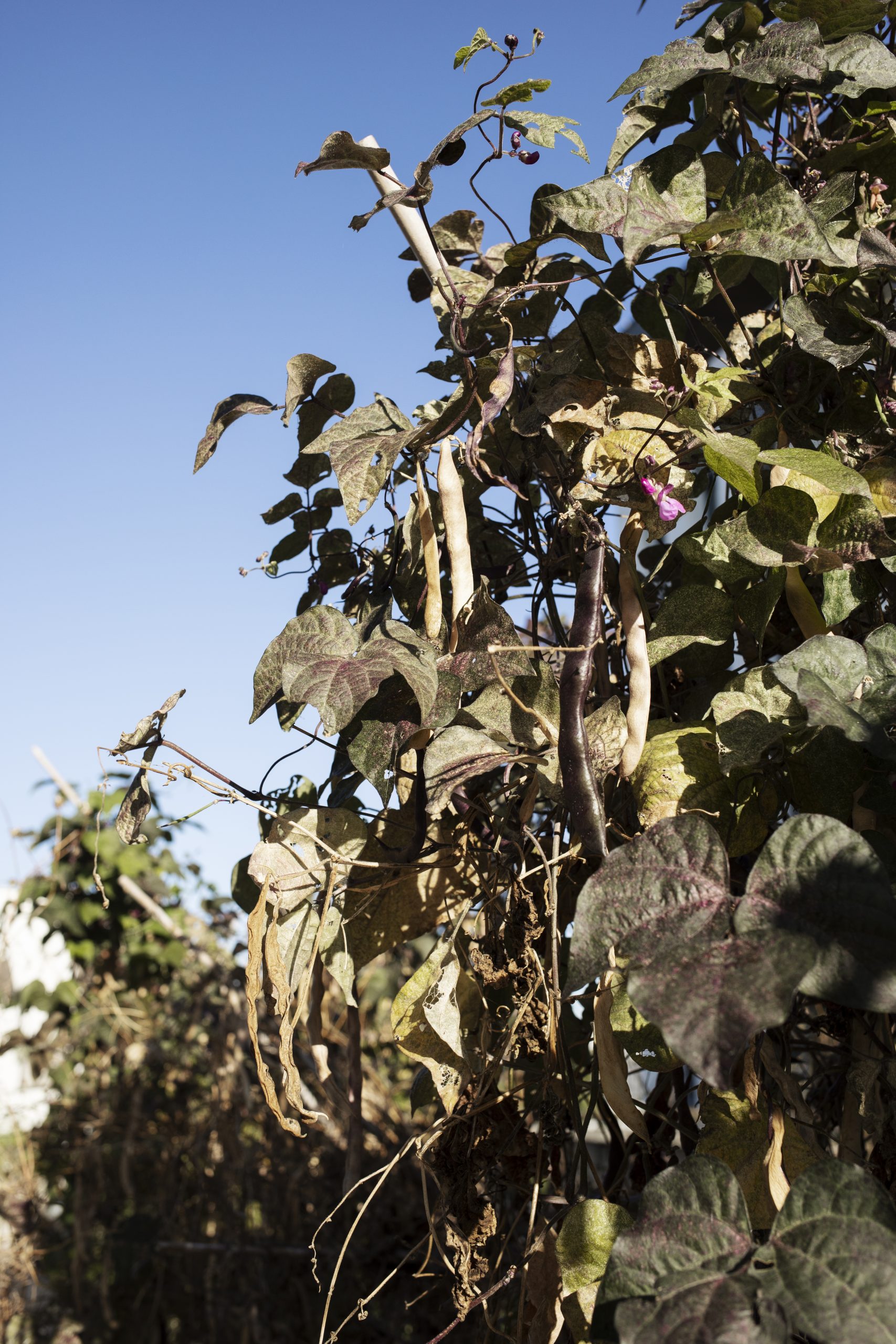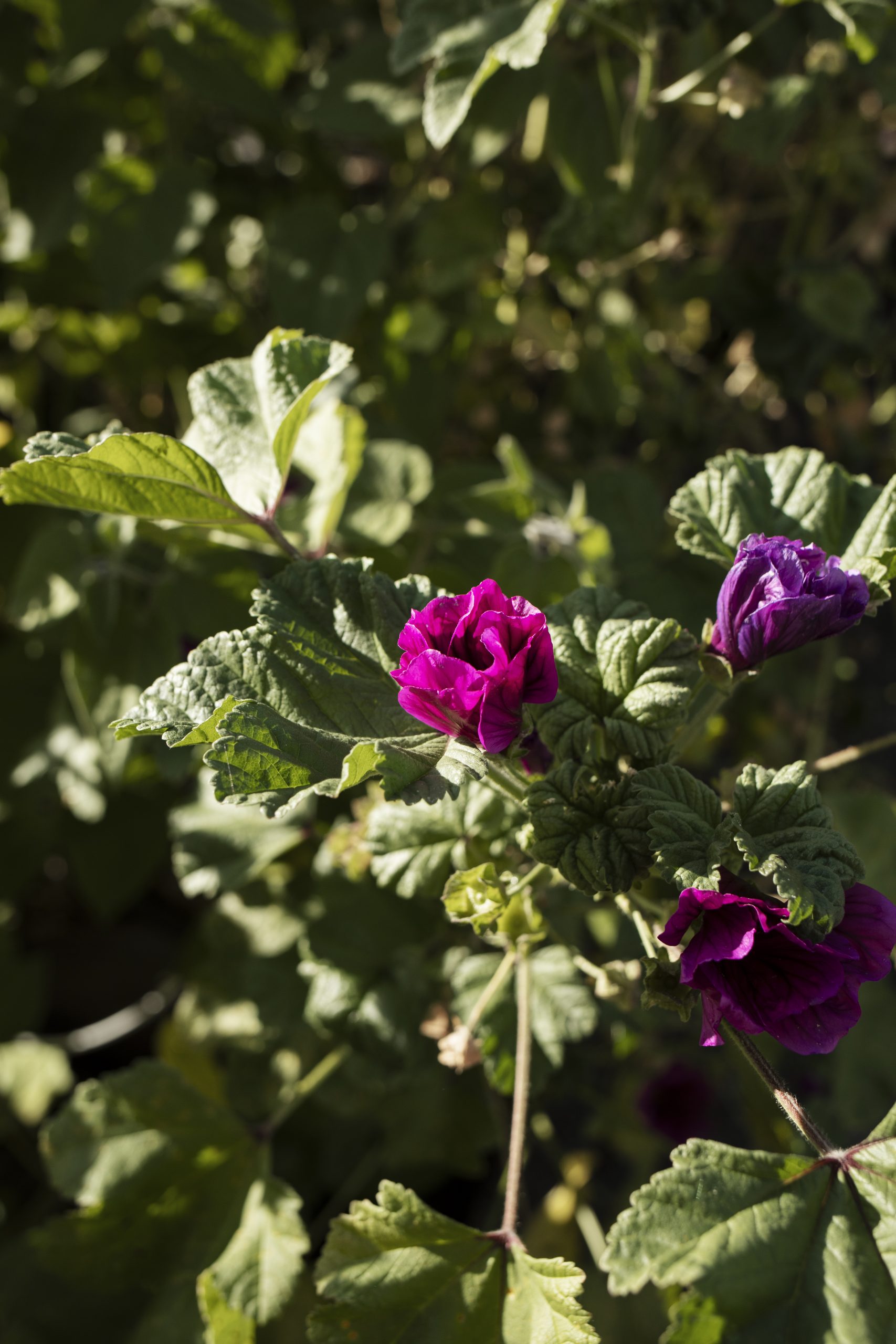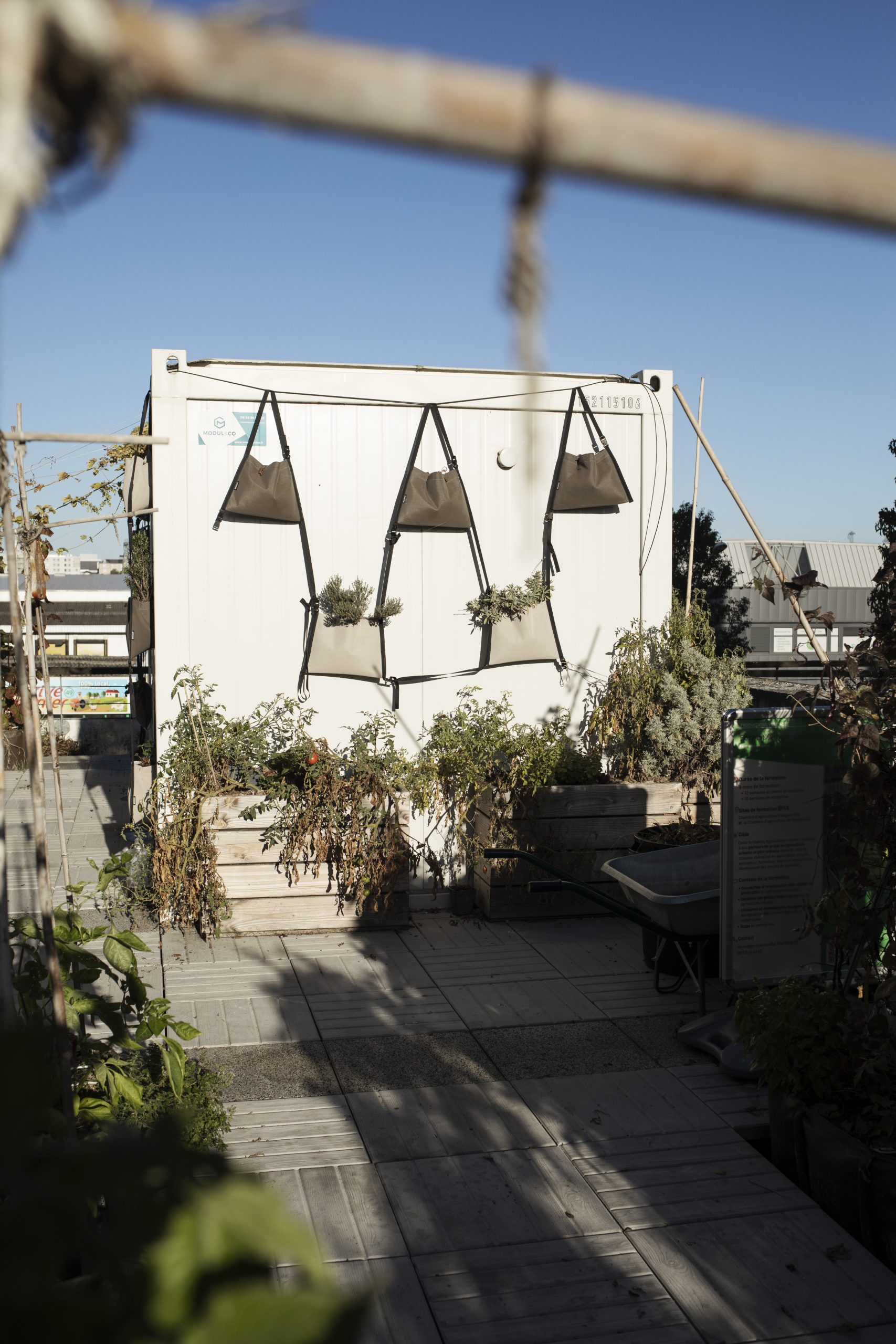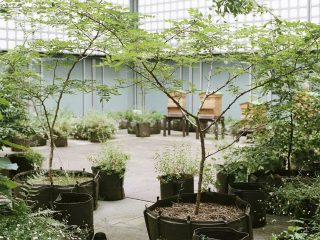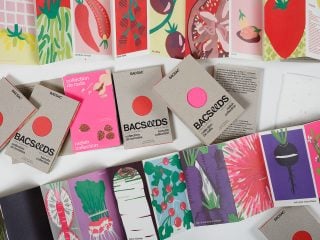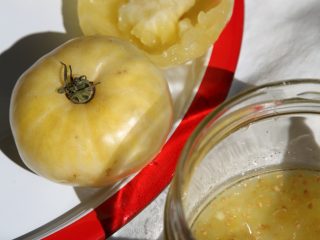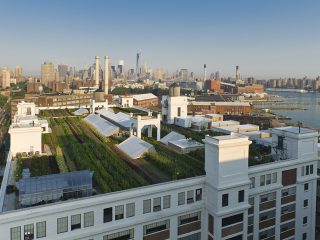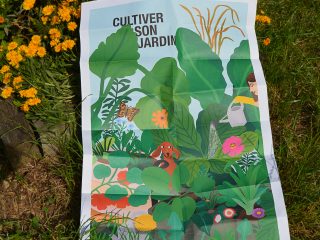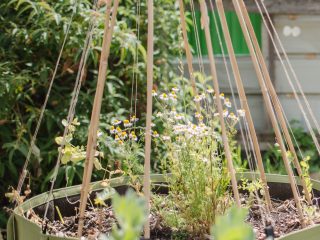Flexible, lightweight and ultra-resistant, BACSAC® is designed for creating green spaces in cities, on any scale. The different projects undertaken by urban agriculture enthusiasts illustrate the wide technical range of uses for BACSAC® planters. We invited photographer Evaine Merle – author of the book Paysages Comestibles [Edible Landscapes] published by Ulmer – to document the urban agriculture demonstration site run by the Pays de la Loire Chamber of Agriculture in Angers.
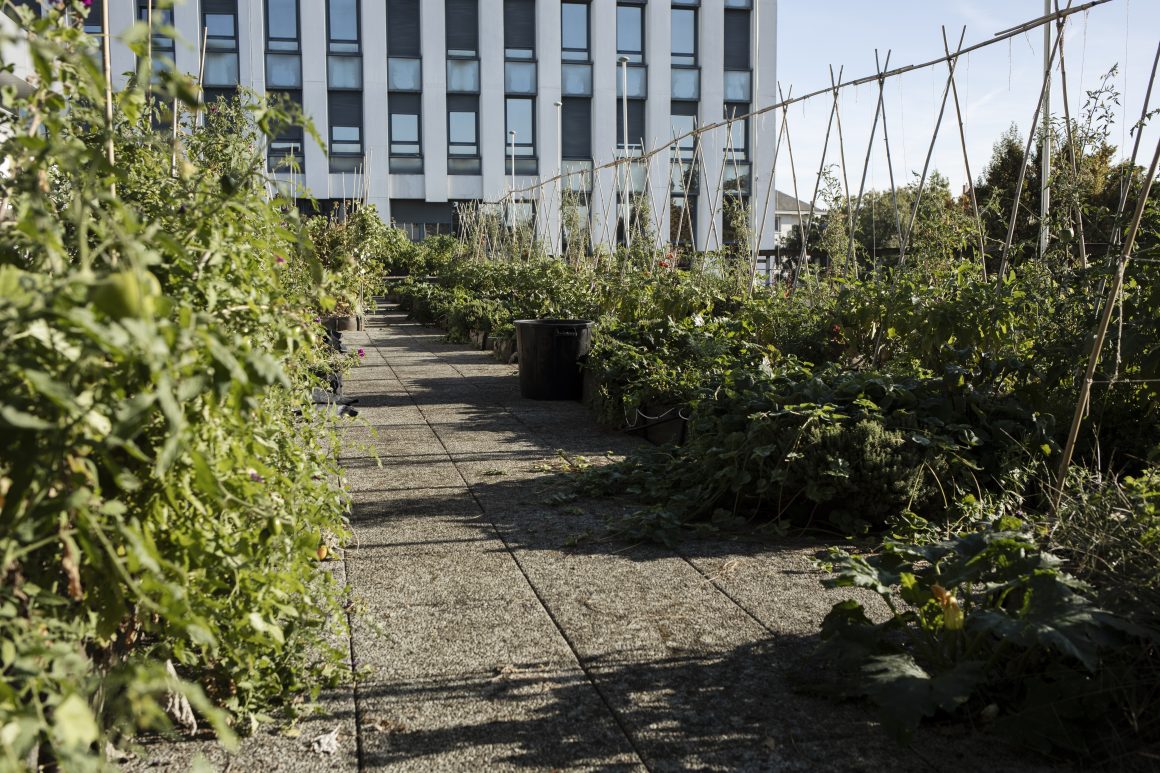
There have been vegetable plants growing on the rooftop terraces of the Pays de la Loire Chamber of Agriculture since 2021. Known as the " urban agriculture demonstrator ", this project was initiated in 2018 in response to numerous requests from local enthusiasts wanting to get involved. Measuring their responsibility in providing technical and economic solutions based on their expertise in the field, the Region's elected representatives approved an above-ground urban agriculture project, piloted and hosted by the Chamber of Agriculture. A feasibility study is planned to assess the roof's load-bearing capacity, accessibility, safety and water drainage conditions. Three years later, the rooftops of the main building were requisitioned to plant 80 square meters of vegetable crops, with the financial support of the Pays de la Loire Regional Council and the technical support of La Florentaise.

Almost 22 tonnes of substrate and equipment had to be transported by crane to the building's rooftops. One of the priorities from the outset was to reduce the load as much as possible, in order to meet the load-bearing capacity of the roof, which was not designed to take any extra weight. To achieve this, they opted for a lightweight potting soil suitable for rooftop cultivation, which was supplied by Florentaise, and BACSAC® planters, renowned for their lightness and durability. In addition to installing an aquaponics tank, they deployed almost 80 geotextile fabric vegetable garden planters, with a depth of 40 cm – suitable for all types of vegetable growing (berries, tomatoes, courgettes, lettuce, radishes, hops, kiwis, herbs, etc.). Après trois années de culture et de suivi – recul nécessaire afin d’obtenir des données croisées, tangibles et fiables – la Chambre d’agriculture prépare un retour d’expérience étayé, basé sur des critères d’évaluation, tels que la qualité du substrat, la santé végétale, la productivité, la gestion de l’irrigation, le compostage, la biodiversité ou encore le budget et modèle économique.
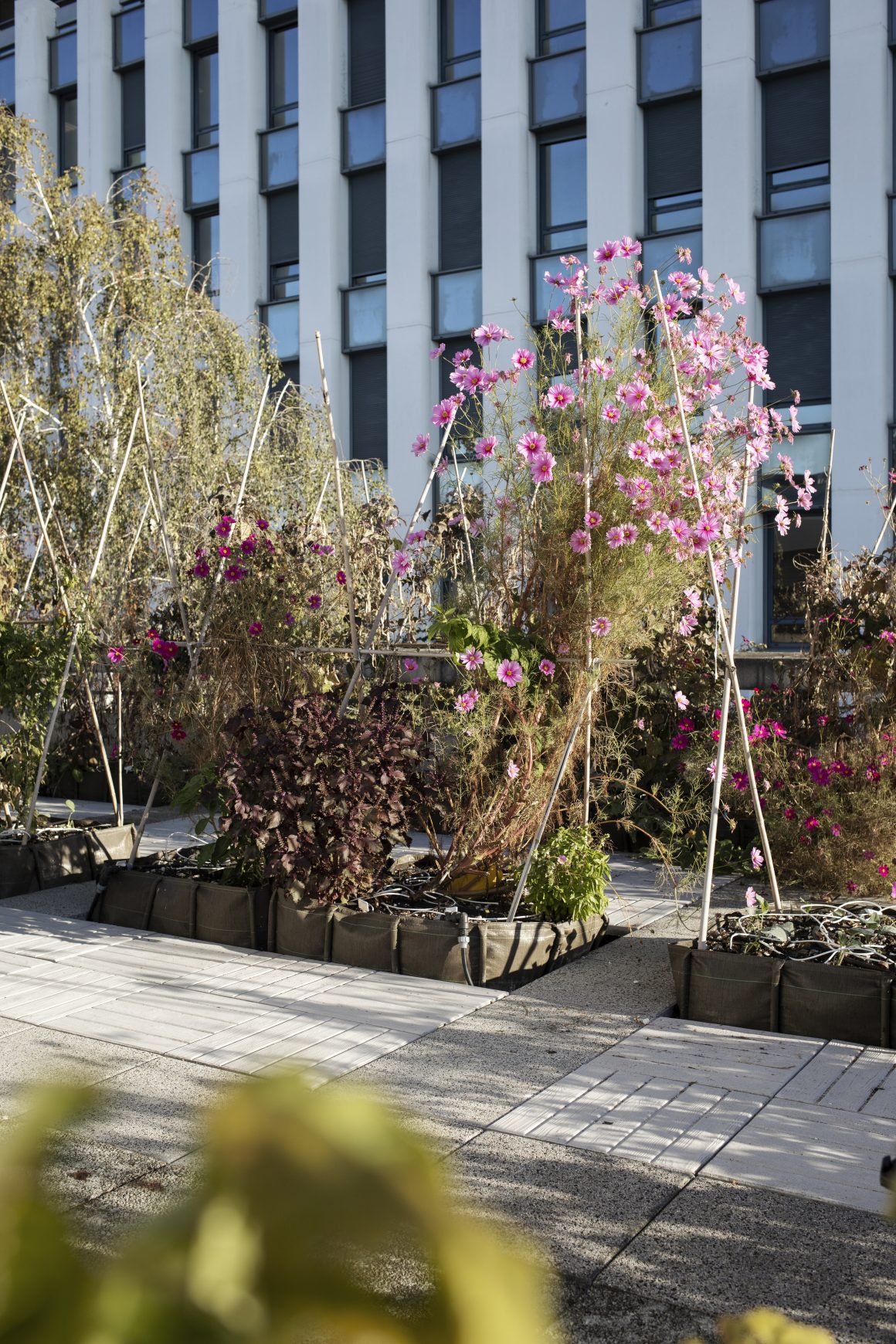
This early autumn, the garden's vegetation is yellowing but still bursting with the last of the summer produce, contrasting with the blue reflections provided by the tall buildings that surround the site. As you pass through the doorway to the rooftop terrace, the red tomatoes and peppers catch your eye, along with a few spaghetti squashes that are finishing to dry in the sun. As you walk along, you come across wilted beans, purple shiso and cosmos in full bloom. On the east side of the terrace, physalis full of golden fruit, raspberry bushes in full bloom, redcurrant bushes, and a multitude of strawberry plants are spreading throughout the flowerbeds. The aubergines are starting to turn yellow; at this stage, the seeds will be harvested for replanting in February. The cabbages and winter salads are putting down roots in nearby geotextile pots, while cornflowers and Mauritanian mallows finish off the colour scheme in blues and pinks.
On the other side of the terrace, to the west, hops are in full bloom. They spread out high, rivalling a neighbouring vine. On the opposite side, a prefabricated structure adorned with BACSAC® bags for plant walls is home to thyme, rosemary, sage and strawberry plants.
While 2021 produced 862 kilos of vegetables, the 2022 drought cut the harvest in half. This year, Sonia Coutault, an urban agriculture advisor, hopes to achieve something in between. The soil analyses are good, and the biodiversity of the fauna and micro-fauna is improving year after year. "From an inert soil, we have developed an unexpected biodiversity, including a pest population similar to that found in the open ground" , explains Sonia. At a time when the cabbages are still young, the gastropods that have taken up residence under the concrete slabs of the terrace are having a field day. And while French legislation does not allow the BIO organic label to be awarded to so-called soilless crops, here – from the seeds to the treatments – everything is grown without chemicals. Only black soap and bicarbonate are used on the crops, in the event of an aphid or fungus outbreak.
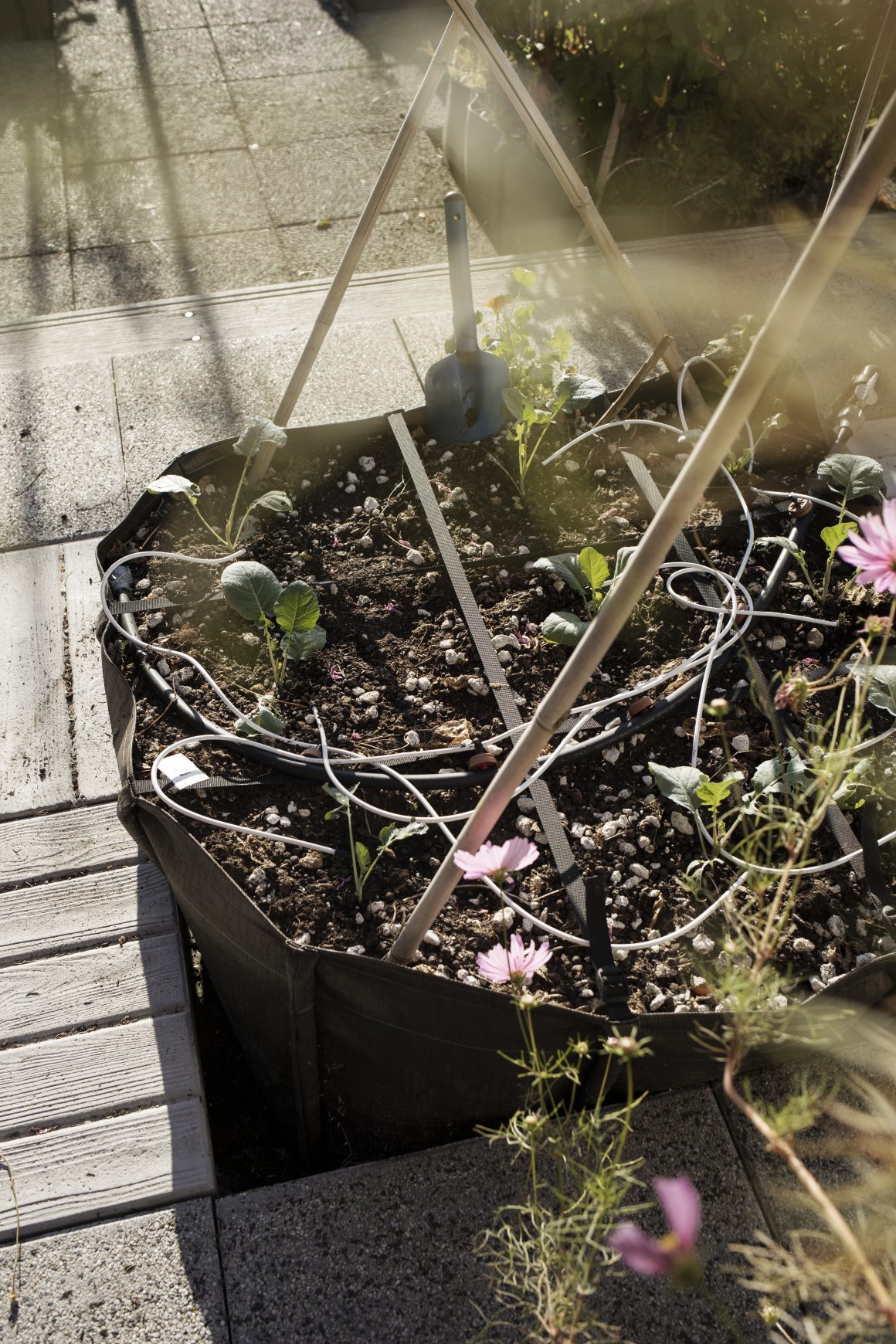
As well as being a place for experimentation, the site also provides training for all kinds of professionals. Its harvests are reserved for young chefs in training at the neighbouring l'Entrecôte Agapè restaurant. Here they learn about the seasonal nature of vegetables and the freshness of just-picked produce. Landscaping students also regularly drop by the rooftop terrace for their training. From time to time, the site also welcomes a wider audience of curious onlookers, opening its doors for the 48 hours of urban agriculture – an annual festival organised in several French towns to highlight the wide range of possibilities for growing crops in urban areas.
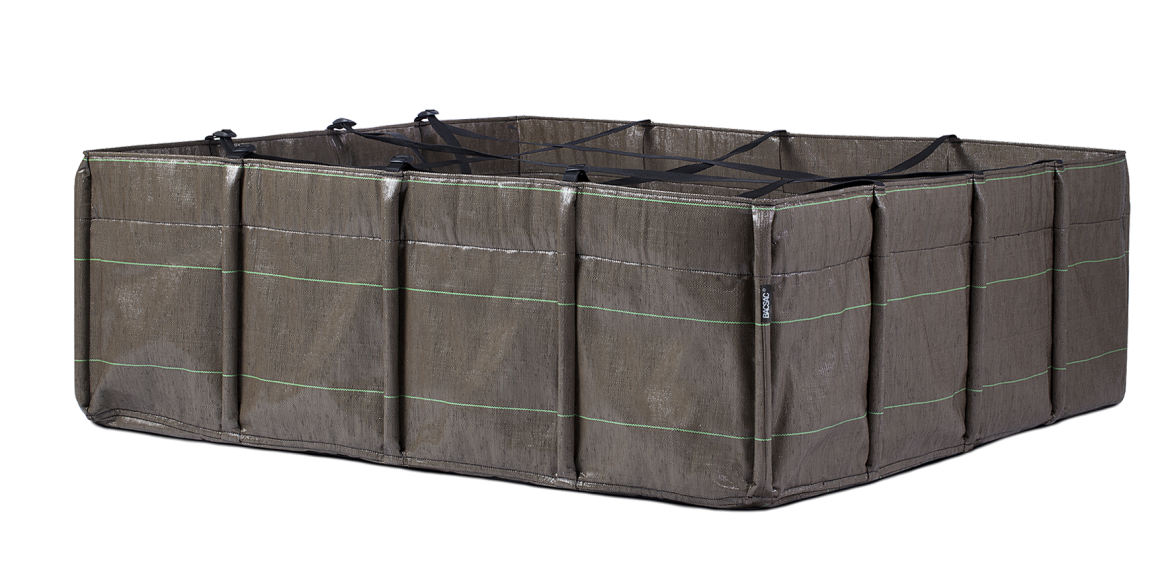
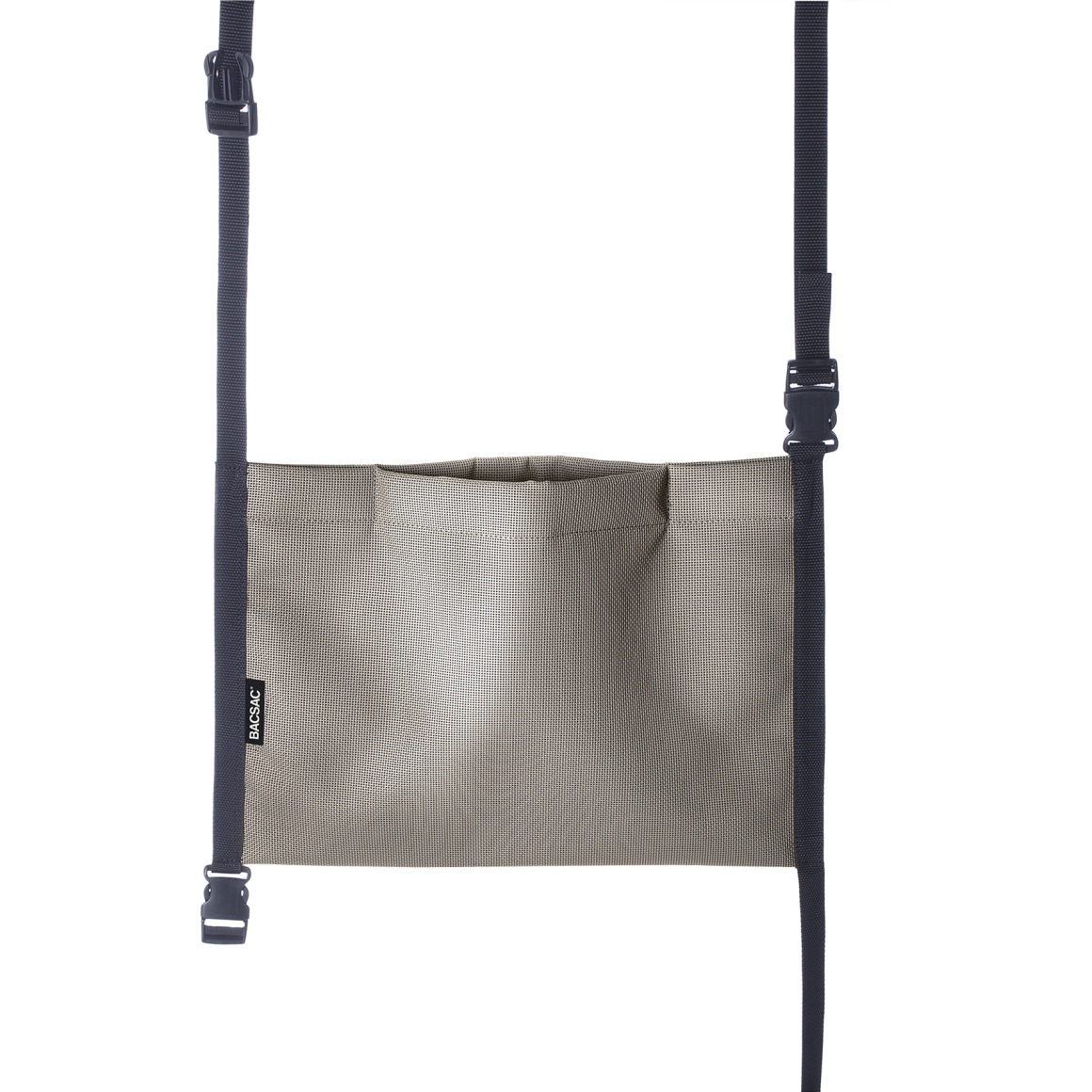
Also discover the portrait of New-York photographer Valery Rizzo, co-editor of Urban Farmers book published by Gestalten.

